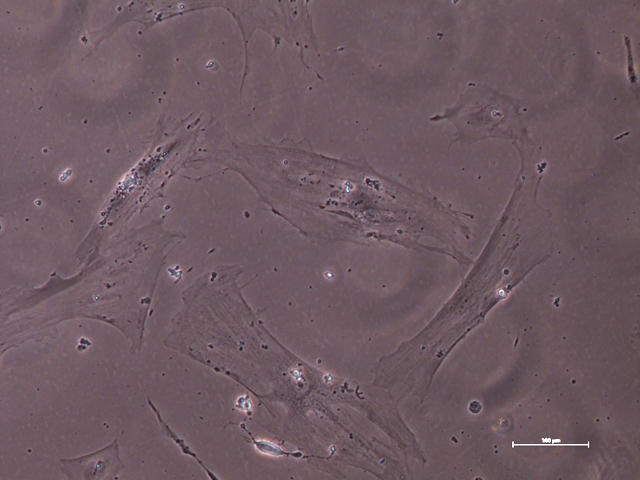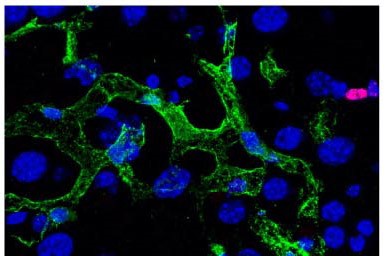
©
Randy Colas on Unsplash
Launched in 2019, the primary objective of the Health Environment Research Agenda for Europe (HERA), coordinated by Inserm and ISGlobal (Barcelona), is to provide the European Commission with an environment, climate, and health research agenda for 2020-2030. Faced with the health emergency created by the current pandemic, the program’s leaders are working on new recommendations to conduct research focusing on the links between environment, human health, and the COVID-19 pandemic. These initial recommendations indicate that far from being distinct fields, pandemic risk and environmental issues are closely linked and that an integrated vision of the health factors is both necessary and useful.
Against the unprecedented backdrop of the COVID-19 global pandemic, public health issues have taken center stage. More than ever, scientific knowledge derived from research is becoming a key tool to understand the societal impact of this pandemic and to guide the implementation of public health policies. The Health Environment Research Agenda for Europe (HERA), coordinated by Inserm, was launched in January 2019 and involves 15 European countries. As requested by the European Commission, the program’s objective is to provide the institution with an environment, climate, and health research agenda for 2020-2030 by identifying research needs and priorities in order to propose roadmaps that federate the various European partners. A preliminary agenda was proposed in February 2020.
Following the emergence of the pandemic, the European Commission has requested the addition of a supplementary research agenda with a COVID-19 component in order to investigate the links between pandemic, climate change, environment, and health.
In an initial report published in May 2020, HERA’s leaders have defined three priority research areas with the aim of better understanding the links between environment, emergence, spread, and impact of SARS-CoV-2. Their intention is to offer the authorities tools to establish public policies in line with the context and prevention of the pandemic, and which respect environment and individual health.
- Environmental drivers of SARS-CoV-2 emergence and spread
Improved understanding of the emergence of SARS-CoV-2 involves finding out more about its lifecycle and how the interactions between humans and animals (wild, farmed, or domestic) have contributed to it – and in particular the impact of human activities on deforestation, biodiversity, and wild animal behaviors.
The researchers also recommend the continued study of the issues of climate sensitivity and virus seasonality. Obtaining more information on how the virus spreads and identifying its potential resistance to certain environments would make it possible to improve our understanding of how it is propagated.
These studies must be accompanied by the development of solid and innovative modelling tools.
- Health impact of COVID-19 and environmental stressors
The researchers emphasize the importance of harmonizing cohorts, tools, and methodologies at European level in order to better identify at risk populations. The use of major European patient cohorts would make it possible to evaluate more precisely and more reliably the interactions between the pandemic, the response to it, and the diseases favored by environmental factors. Large-scale cohorts would also notably improve the evaluation of comorbidities that are linked to the chronic diseases implicated in severe cases of COVID-19, particularly cardiovascular and pulmonary diseases. “We observe that chronic diseases contributing to COVID-19 severity are at least partially promoted by environmental factors“, states Robert Barouki who is coordinating the project at Inserm, “it would be particularly relevant to study how various environmental factors impact the immune and cardiovascular systems“, he adds.
Such data would prove valuable to better understand, at individual country level, the efficacy of various health and environmental protection policies that were established to respond to the pandemic.
- Impact of COVID-19 on society, the economy, and health
Evaluating of the psychological and socioeconomic impacts of various response strategies to the pandemic will also prove essential to minimize them and to improve resilience at European, national, and individual levels.
Knowing more about the societal impact (lifestyle changes, role of the urban environment, redefinition of the work environment, impact on physical and mental health, worsening of domestic violence, vulnerable populations, etc.) of the inter-human strategies which were set up to limit viral spread, such as lockdown or social distancing, will make it possible to better understand the means of implementing new public policies.
The European Commission has already launched a call for projects relating to COVID-19. One of its components aims to support and harmonize the studies on cohorts at European level. Other calls for projects are expected to follow. “The development of research at the crossroads of pandemics, environment, and health is relevant not only to the current crisis but also to prevent and better manage future health crises, particularly those in line with climate change”, specifies Barouki, “just like the concept of the exposome, it is important that we now move towards a more integrated vision of human and planetary health”.
In the coming weeks, HERA researchers will issue longer-term proposals to elucidate the links between the onset and severity of pandemics and environmental and climate changes.









